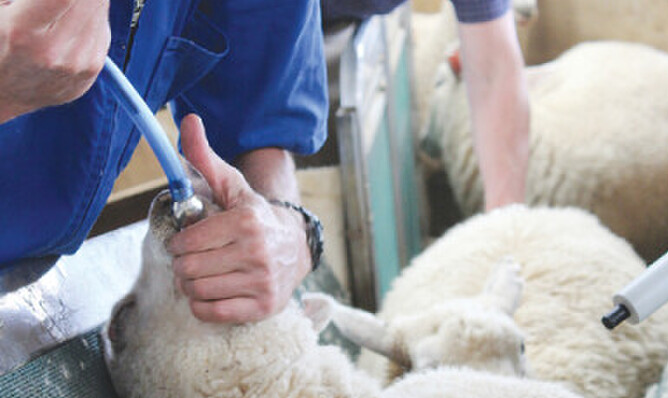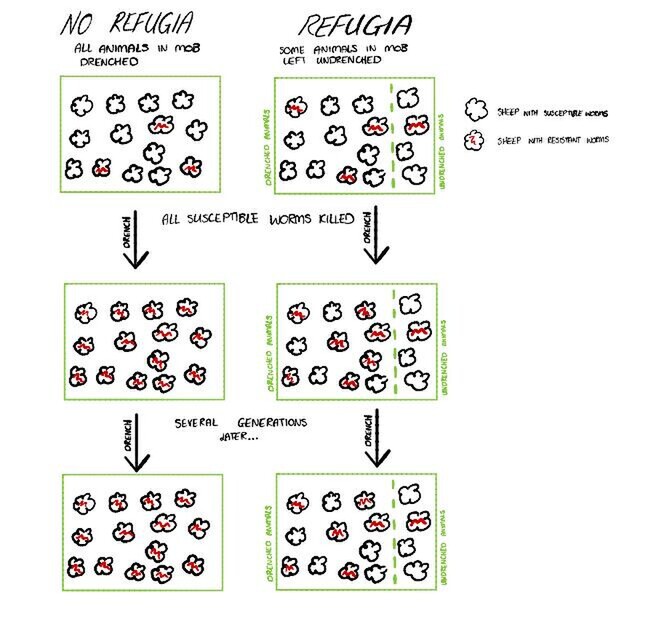What is the reason for using capsules? To reduce the peri parturient rise (PPR) in ewes.
...The what?
The PPR is a rise in egg output seen in ewes before they lamb, as their immune system is put under pressure in late gestation.
When does the PPR happen? How long does it last?
It can extend from 2-4 weeks pre lamb, to 6-8 weeks post-lamb.
Why is the PPR so important?
More eggs on the pasture results in lambs picking up more larvae in spring, so if this is reduced, lambs have less of a challenge. It can also reduce lactation performance, so if we reduce the PPR, we get better growth rates of lambs on mum.
Ultimately, it means more lambs away earlier, and the flow on effect is ewes in better condition for mating.
What does a capsule actually do?
Bionic capsules contain abamectin and albendazole, plus selenium and cobalt. It is released from the capsule in a controlled dose, daily, and keeps parasites at bay for up to 100 days.
Why not just give an oral drench to these ewes?
An oral drench will not cover the ewe for the duration of the PPR.
Why would I use a capsule over a long-acting injection?
A capsule releases a controlled amount of drench every day for the duration of its activity, then it stops. A long-acting injection peaks quickly after injection then gradually decreases, so has the potential for worms to be exposed to suboptimal levels of the active. This makes a higher risk of building resistance.
Who should get a capsule?
This should be discussed with your vet, as each situation can be different, however generally speaking - younger ewes rather than older ewes, multiples rather than singles, and lighter ewes rather than ewes at BCS 3 or above. Drenching adult sheep is a risk factor for accelerating drench resistance, so we want to make sure the right animals are receiving a drench for the right reasons.
What about drench resistance?
By using the capsules in your ewes, you are creating a low larval challenge for lambs, which is great! But this also means low levels of refugia, so the larvae that are there, might be mainly resistant ones. To avoid this we recommend having some ewes in the mob untreated, to allow mixing of resistant and susceptible worms on pasture. If you have decided that a certain category of ewe will get a capsule because they need it, it can be hard to then leave 5% of them without one, so an alternative could be to put some ewes from a different category in that mob. (Some older, single bearing ewes for example).
Should I do anything to check how the capsule is working?
It is best practice to do a FEC and larval culture about 60-80 days after capsule application. This way we can check if there are any eggs popping out, and whether an exit drench is required.
Remind me about refugia…What exactly is it again?
Refugia is a population of worms that can be killed by the drench that you are using. These worms then breed with the resistant worms and help stop the resistant worms becoming the only ones in the paddock and in the animal. The aim is to do this without significantly compromising animal productivity. It’s a balancing act for sure, and each farm will have different ways of managing refugia - contact your vet for more tailored advice.
Hmmm I’m more of a visual learner…Can I see a diagram?
- Rosie Burkitt


